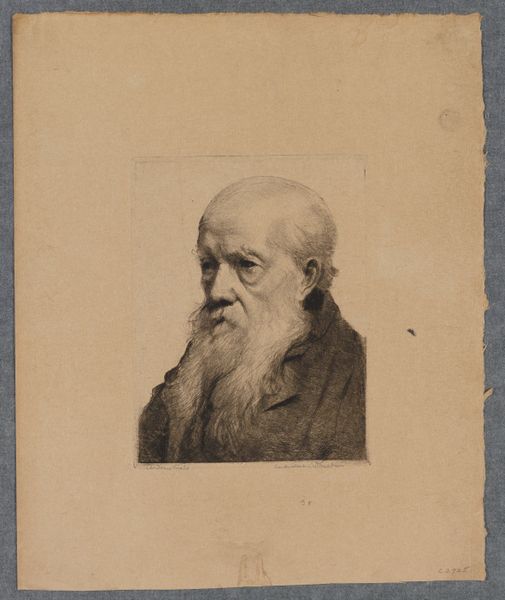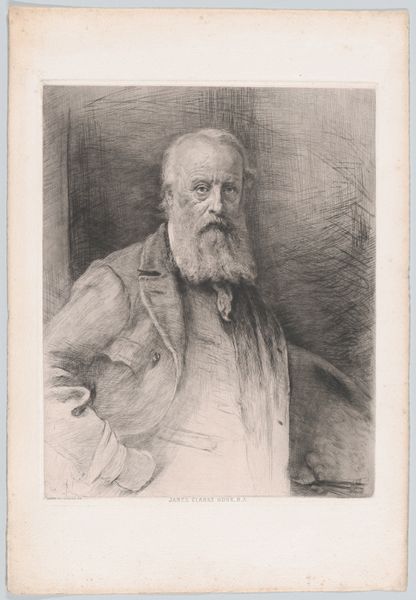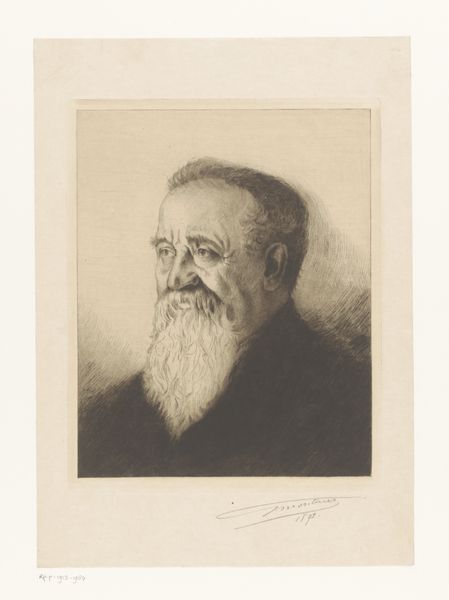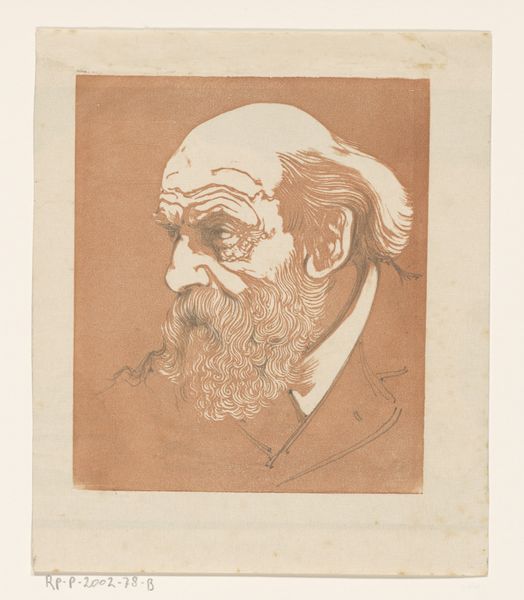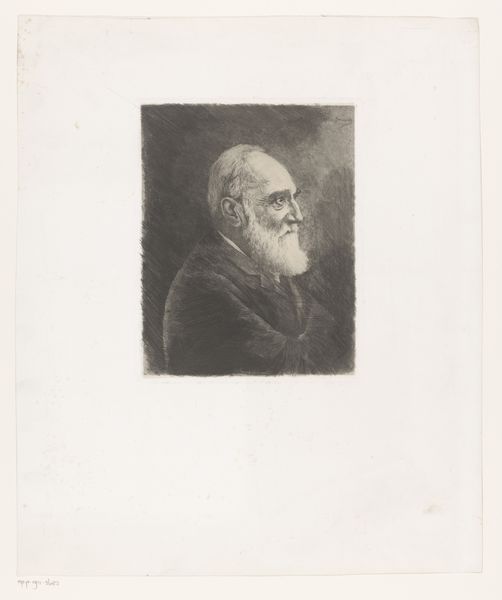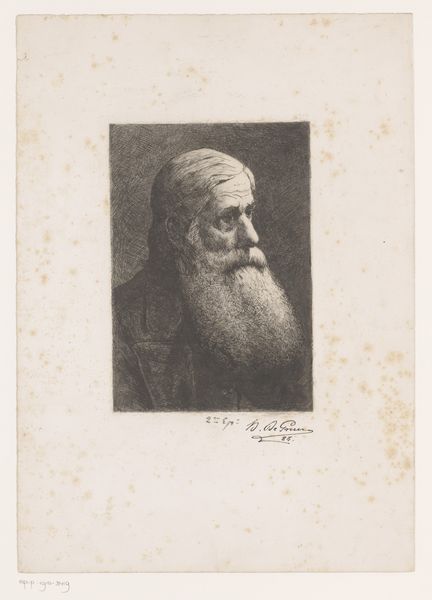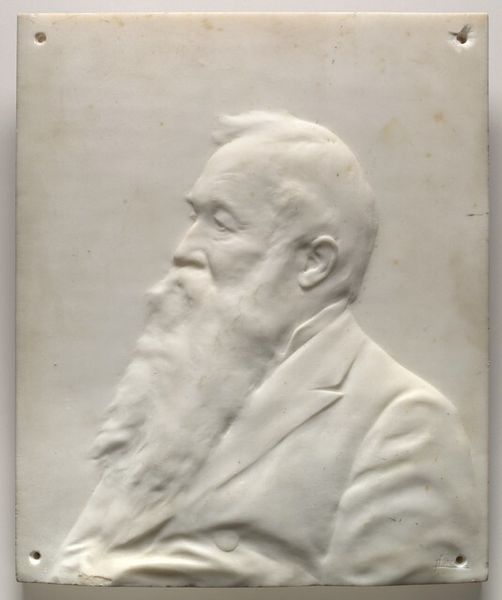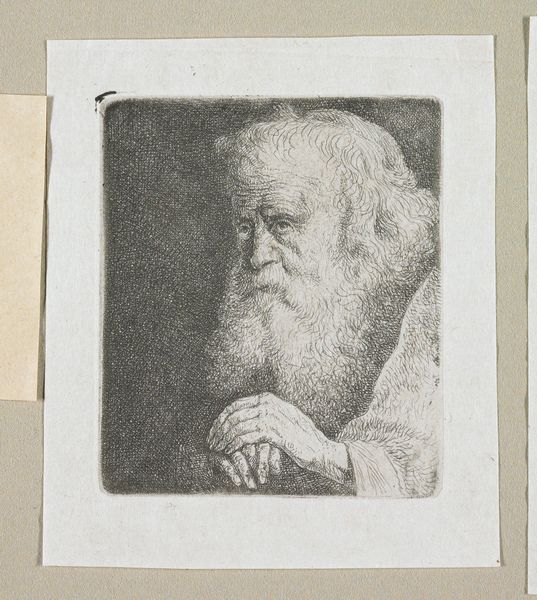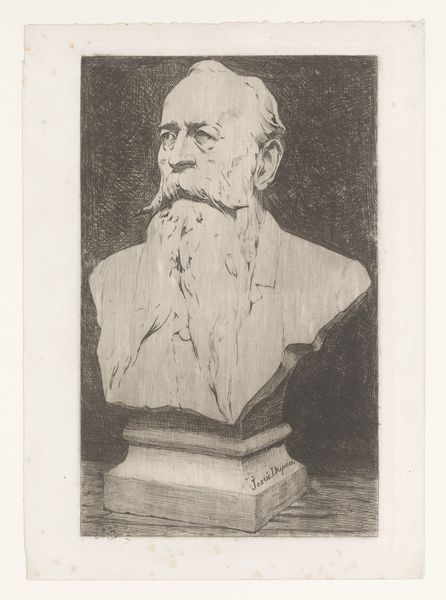
print, etching, drypoint
portrait
etching
portrait reference
united-states
drypoint
realism
Dimensions: 8 3/4 x 6 3/8 in. (22.23 x 16.19 cm) (plate)12 3/8 x 10 in. (31.43 x 25.4 cm) (sheet)
Copyright: Public Domain
Curator: Cadwallader Washburn's "Garibaldi Veteran," likely created in the 19th century and residing here at the Minneapolis Institute of Art, immediately strikes me with its quiet dignity. It's primarily rendered through etching and drypoint techniques, which lend it an intimate feel. Editor: My first impression is one of weariness, actually. There’s a weight in the lines around his eyes and the slump of his shoulders that hints at a life lived fully, likely with its share of hardships given the context of Garibaldi's fight for Italian unification. I wonder about the narrative we can build around this figure beyond just “veteran.” Curator: That's perceptive. Examining the work closely, you can really appreciate the deliberate use of line and shadow created in the printmaking process. The texture achieved through the etching – particularly in the beard – is fascinating. One really wants to examine the plates to understand Washburn’s work practices more deeply. Editor: Absolutely. But beyond craft, who was this man, really? He's not just a study in line and texture. To call him simply a “veteran” almost erases the potential complexity of his identity and experiences within a volatile sociopolitical landscape of nineteenth century Italy. Was he a volunteer? What class was he from? And how did these intersect with his role in Garibaldi's army? These questions broaden the way we encounter him. Curator: Of course. But think about the social context in which Washburn, an American artist, made this portrait. Printmaking allowed for wider distribution and accessibility. Consider then, this piece operating almost as a collectible or document of the Risorgimento circulating internationally, contributing to broader social awareness. Editor: I see your point. Still, who controlled the circulation? How do we account for the gaze of a white, American artist upon a man who lived an existence inevitably impacted by the ripple effects of colonialism and emergent nationalist movements? Even in a relatively realist work like this, we have to question whose narrative gets centered and amplified through its making and dissemination. Curator: An essential consideration. It brings nuance to our understanding beyond the materiality itself. Thank you. Editor: The piece certainly has given me much to consider. It makes me appreciate how intertwined art and history are, reminding us of our ongoing role in critically examining how those histories are shaped and presented.
Comments
No comments
Be the first to comment and join the conversation on the ultimate creative platform.
